
General Idea
Kunming, capital of Yunnan Province, with a history of more than 2400 years, owes its importance to the fact that it was the gateway to the celebrated Silk Road that facilitated trade with Tibet, Sichuan, Myanmar and India. Today the city is the political, economical and cultural center of Yunnan and the provincial center for transport, science and technology and consequently has become the most popular center for tourism in Southwest China.
Kunming enjoys a pleasant climate and does its best to live up to its title of "the City of Eternal Spring". Whenever you are planning to go, the temperature is always pleasant. With its convenient transport links in and out of the city, Kunming welcomes and sees off tens of thousands of tourists every day
Kunming is the focal point of Yunnan minority culture. Some 26 ethnic minorities such as Han, Yi, Bai, Miao, Dai, Hani and more inhabit the region. Each group has its own featured festivals such as the Torch festival of Yi people, the Golden Temple Fair and so on. The hugely successful 1999 International Horticultural Exposition enhanced Kunming@,@s influence in the world resulting in a snowball effect upon tourism as more and more foreigners come to discover this enchanting part of China.
Geography and Climate
Population: Kunming has a population of 3.89 million. Urban Population is 1.69 million, including 26 ethnic groups. The city is the place one can fully experiences Yunnan's minority culture with 26 ethnic minorities like Yi, Bai, Miao, Dai and Naxi in the region, each of them has their own featured festivals.
Administrative Division: The prefecture-level city of Kunming has jurisdiction over 14 subdivisions; five districts, one county-level city, five counties and three autonomous counties.
Kunming is bounded by Qujing City to the east, Honghe Hani and Yi Autonomous Prefecture to the southeast and Yuxi City to the southwest, Chuxiong Yi Autonomous Prefecture to the west and Zhaotong City to the northeast. Kunming also borders with Panzhihua prefecture level city and Liangshan Yi Autonomous Prefecture of Sichuan province. Kunming plans to add two new districts to its existing four urban districts (Panlong, Wuhua, Guandu, Xishan) over the next few years
Climate & Weather Briefing
Kunming is located on a 1.2-mile (2-km) high plateau with mountains to the north, east and west. The well-known sentence “Kunming is a city of eternal Spring.” indicates the typical climate character of Kunming. It is perpetually enjoying tourist season because of the mild climate and plentiful fine days with an average temperature of 19.7 centigrade. Weather here changes little throughout the year with no severe Summer or cold Winter.
Kunming has two seasons rather than four. Wet season and dry season; wet season ranges from May to October and the dry season begins in November and lasts till April in the following year.
Characters of the four seasons in Kunming
Spring is warm and dry in Kunming and quite comfortable. Fresh breezes and quick evaporation create beautifully sunny days.
Summer days are not very hot; most being cloudy or rainy. The average temperature in Summer months is 21 degrees Celsius.
Kunming in autumn is charming with clear blue skies and crisp air; very pleasant.
In Winter, it contrasts with other southern cities in that there are no truly cold days, but mostly cool days with abundant sunshine, averaging about 20 sunny days in each Winter month.
Climate Data Table for Kunming
Month Item | Jan | Feb | Mar | Apr | May | Jun | Jul | Aug | Sep | Oct | Nov | Dec |
maximum | 15 | 17 | 21 | 24 | 25 | 24 | 24 | 24 | 23 | 20 | 17 | 15 |
minimum | 2 | 4 | 7 | 10 | 14 | 17 | 17 | 16 | 14 | 12 | 7 | 3 |
Rainfall (mm) | 11.6 | 11.2 | 15.2 | 21.1 | 93.0 | 183.7 | 212.3 | 202.3 | 119.5 | 85.0 | 38.6 | 13.0 |
Days of rainfall | 4.4 | 4.6 | 5.5 | 6.8 | 12.2 | 17.4 | 20.3 | 19.3 | 15.8 | 13.0 | 7.3 | 3. |
History
The history of Kunming dates back more than 2,000 years. Historians believe it was once the capital of the State of Chu between 339 BC and 8 AD. However, little was recorded of the area until the 13th century. It got its current name in 1276 from the Mongols of the Yuan Dynasty.
The city has experienced many changes since the Ming Dynasty took over in the 14th century. They renamed the city Yunnanfu and built a protective city wall. Nevertheless, the wall did not protect it from invasion forever. In the 19th century, the city suffered attack after attack at the hands of Du Wenxiu, often referred to as 'The Sultan of Dali', during the Panthay Rebellion.
Also in the 19th century, Kunming began to be influenced by the West, with intrusions from British colonial Burma and French Indochina. This opened the city to foreign trade. During the Sino-Japanese war, the city became a refugee center for many eastern Chinese who had fled from the Japanese spreading rampage. To help keep the Japanese out, Anglo-American forces sent supplies to nationalists based in Yunnan and Sichuan through the famous Burma Pass.
Places of Interest
- Contact Us
-
Tel:
0086-571-88165708
0086-571-88165512E-mail:
admission@cuecc.com
- About Us
- Who We Are What we do Why CUECC How to Apply
- Address
- Study in China TESOL in China
Hangzhou Jiaoyu Science and Technology Co.LTD.
Copyright 2003-2024, All rights reserved





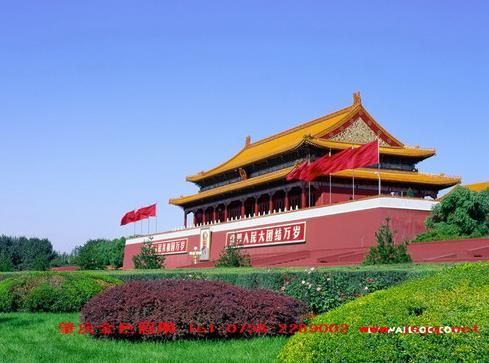
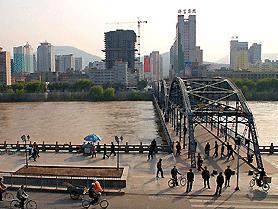
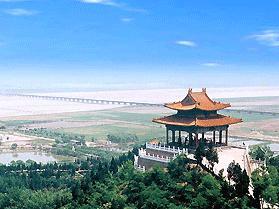
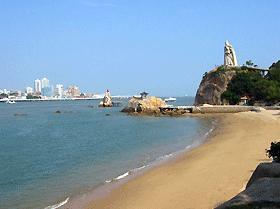
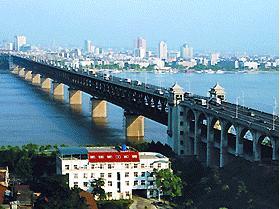
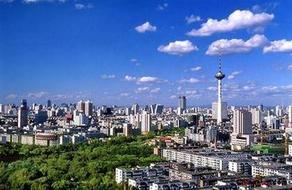
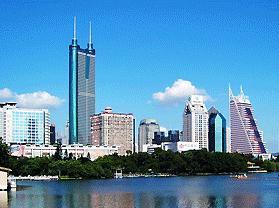
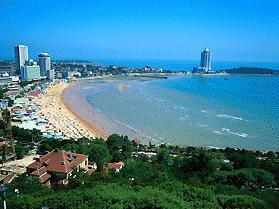

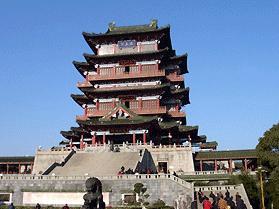
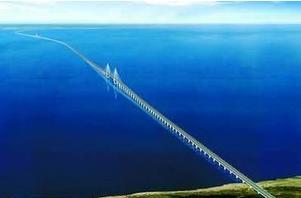
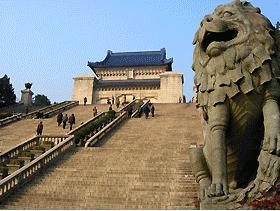
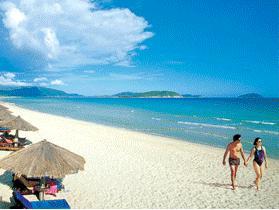
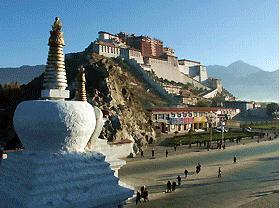
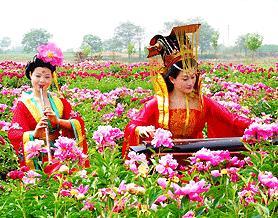
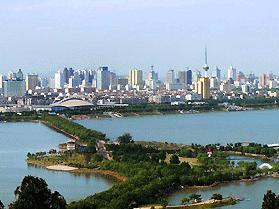
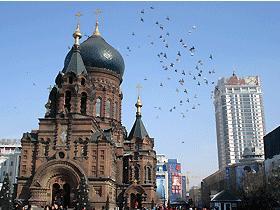

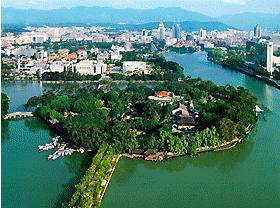
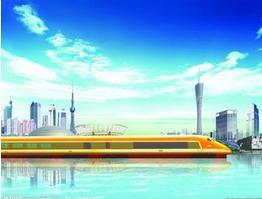

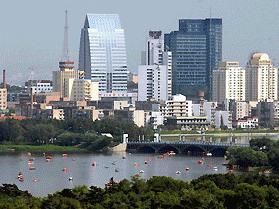
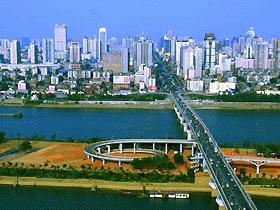



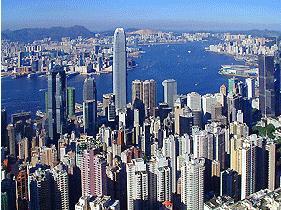
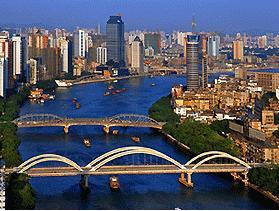
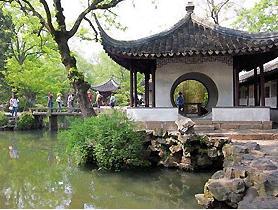

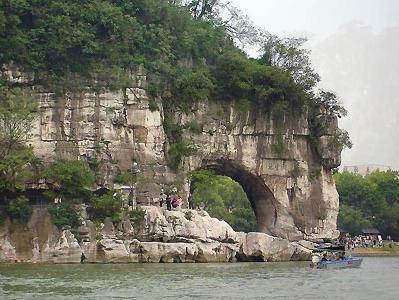
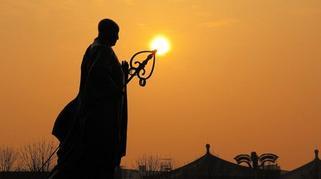
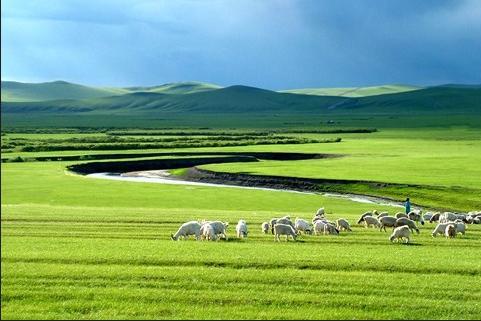
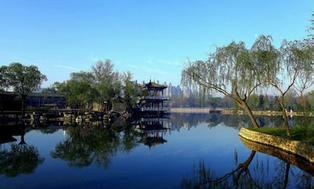
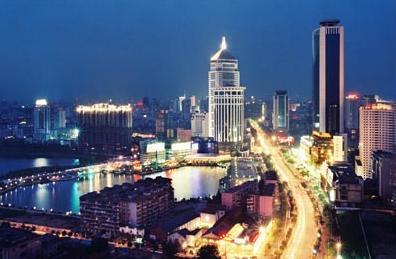
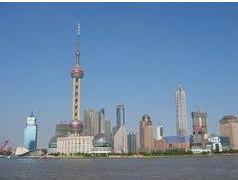
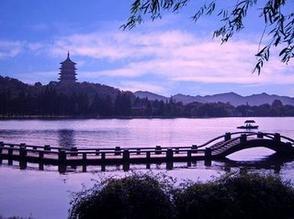

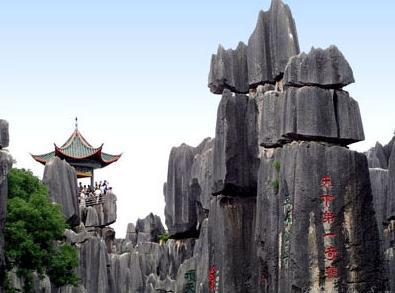
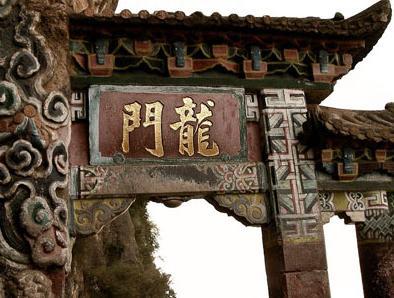
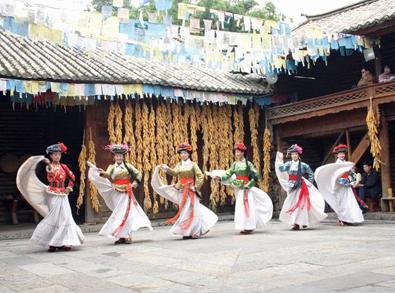
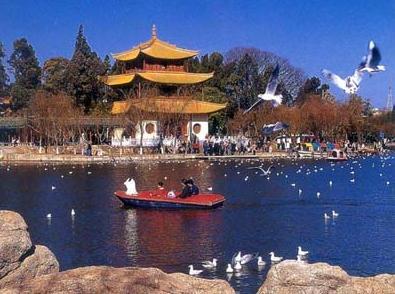
 Chinese
Chinese
 English
English
 Korean
Korean
 Japanese
Japanese
 French
French
 Russian
Russian
 Vietnamese
Vietnamese
